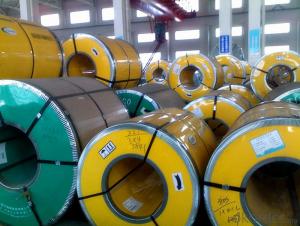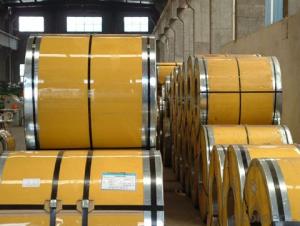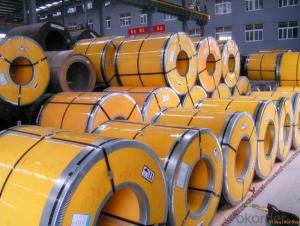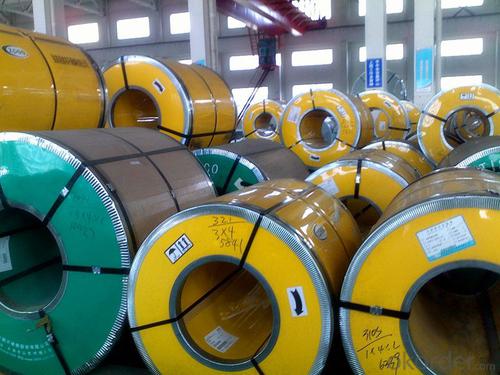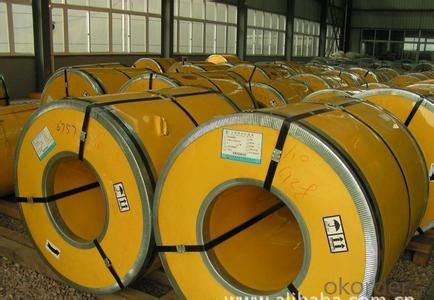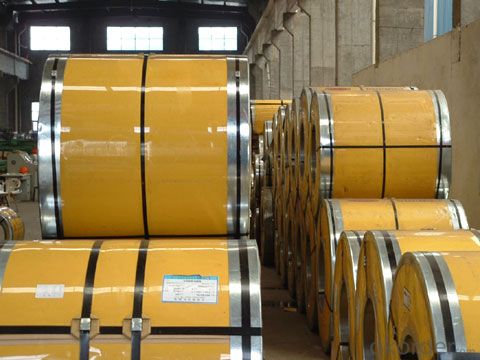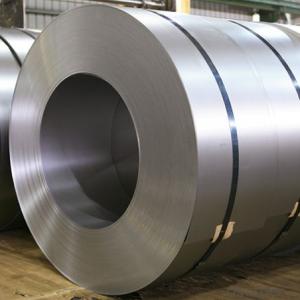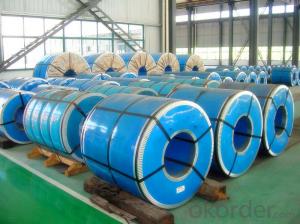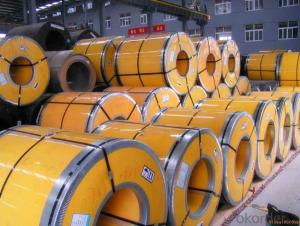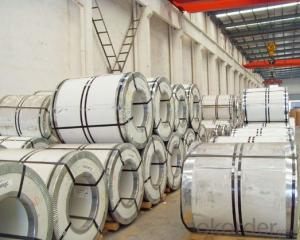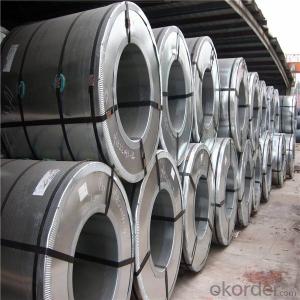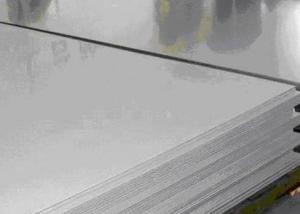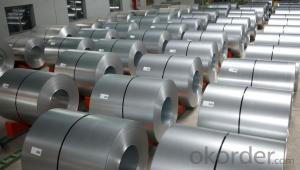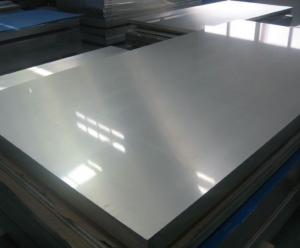Hot / Cold Rolled Stainless Steel Coil 304 / 301 / 316
- Loading Port:
- Tianjin
- Payment Terms:
- TT OR LC
- Min Order Qty:
- 20 m.t.
- Supply Capability:
- 4000 m.t./month
OKorder Service Pledge
OKorder Financial Service
You Might Also Like
Hot rolled & Cold rolled Stainless Steel Sheet/ Coil 304/ 316/ 304L/ 316L
Product details:
Item | 304/ 301/ 316 stainless steel coil manufacturer |
Technical | Hot rolled and cold rolled |
Standard | ASTM A240,GB/T3280-2007,JIS4304-2005,ASTM A167,EN10088-2-2005,etc |
Surface | 2B,2D,BA,NO.1,NO.4,NO.8, 8K, mirror ,checkered ,embossed ,hair line, sand blast, etching, etc |
Thickness | 0.01~30mm |
Width | 1000mm,1219mm,1500mm,1800mm,2000mm,2500mm,etc |
Package | Standard export package, suit for all kinds of transport, or as required |
MOQ | 20mt |
Export to | Ireland,Singapore,Indonesia,Ukraine,Saudi Arabia,Spain,Canada,USA, Brazil,Thailand,Korea,Iran,India,Egypt,Malaysia,Dubai,Viet Nam,Peru,Mexico,South Africa,Kuwait,Oman,Russia,etc |
Container Size | 20ft GP:5898mm(Length)x2352mm(Width)x2393mm(High) 40ft GP:12032mm(Length)x2352mm(Width)x2393mm(High) 40ft HC:12032mm(Length)x2352mm(Width)x2698mm(High) |
Application | Stainless steel coil applies to construction field, ships building industry, petroleum, chemical industries, war and electricity industries, food processing and medical industry, boiler heat exchanger, machinery and hardware fields. Stainless steel coil can be made according to the customers requirements. |
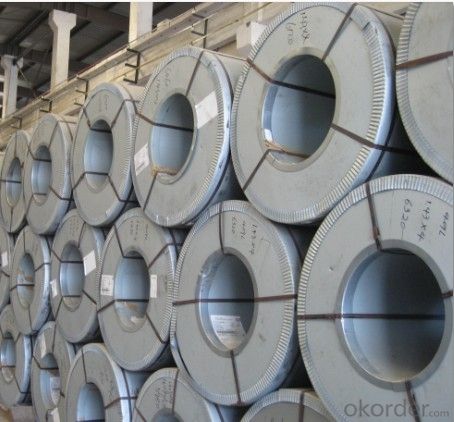
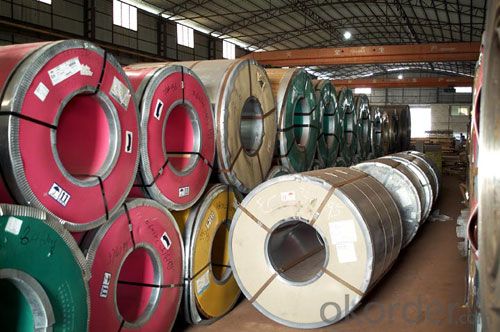
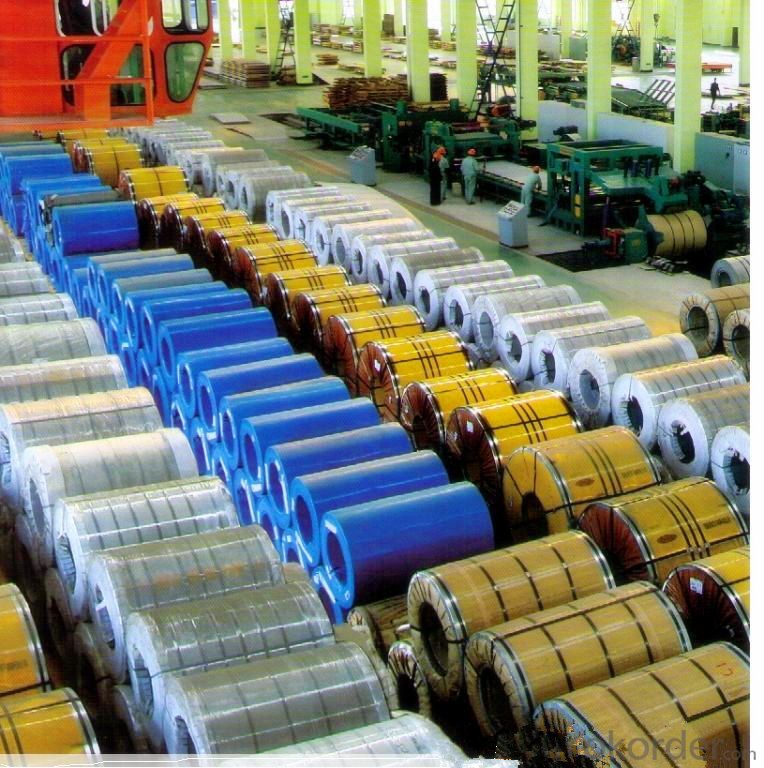
- Q: Are stainless steel strips suitable for cryogenic applications?
- Yes, stainless steel strips are suitable for cryogenic applications. Stainless steel is known for its excellent mechanical properties, corrosion resistance, and thermal stability, making it a popular choice for various industries including cryogenics. Stainless steel strips can withstand low temperatures without losing their structural integrity or becoming brittle, which is crucial in cryogenic environments. Moreover, stainless steel is non-magnetic and has low thermal conductivity, which are desirable characteristics for cryogenic applications where heat transfer and magnetic interference must be minimized. Overall, stainless steel strips are a reliable and durable option for use in cryogenic applications.
- Q: What are the advantages of using stainless steel strips?
- Using stainless steel strips in various applications has several advantages. To begin with, stainless steel is renowned for its exceptional resistance to corrosion. It can endure exposure to moisture, chemicals, and other harsh environmental conditions without rusting or corroding. This makes it an ideal choice for applications that require long-lasting durability, such as in the construction industry or for outdoor equipment. Moreover, stainless steel strips provide excellent strength and stability. They possess a high tensile strength, enabling them to withstand heavy loads and pressure without deforming. This makes them suitable for applications that demand structural integrity, like automotive manufacturing or the production of machinery parts. Additionally, stainless steel is highly hygienic and easy to clean. It is non-porous, meaning it does not trap dirt, bacteria, or other contaminants. Hence, it is a popular choice for applications in the food and beverage industry, medical equipment, and pharmaceutical manufacturing. Furthermore, stainless steel strips exhibit high heat resistance, enabling them to withstand extreme temperatures without deforming or losing their strength. Consequently, they are suitable for applications in high-temperature environments, such as the aerospace industry or the manufacturing of industrial furnaces. Moreover, stainless steel boasts an aesthetic appeal and can be easily customized. It possesses a sleek and modern appearance, making it a popular choice in architecture and interior design. Additionally, it can be easily shaped, welded, and polished, offering various design possibilities. Lastly, stainless steel is a sustainable and environmentally friendly material. It is 100% recyclable, reducing the need for new raw materials and minimizing waste. Moreover, stainless steel does not release harmful substances or toxins during its production, ensuring the safety of both human health and the environment. In conclusion, the advantages of using stainless steel strips encompass corrosion resistance, strength, hygiene, heat resistance, customization options, and sustainability. These qualities make stainless steel a versatile and dependable material for a wide range of applications in various industries.
- Q: Can 111 stainless steel strips be bent or formed without cracking?
- Yes, 111 stainless steel strips can be bent or formed without cracking. Stainless steel is known for its durability and flexibility, making it suitable for various bending and forming applications. However, it is essential to use the appropriate techniques, tools, and equipment to ensure smooth and crack-free bending or forming of the strips.
- Q: What are the common uses of stainless steel strips in the kitchen?
- Due to their unique properties and benefits, stainless steel strips find widespread use in the kitchen. An example of this is their common application for kitchen countertops and backsplashes. With their resistance to stains, heat, and corrosion, stainless steel strips are chosen as a durable and hygienic option for food preparation areas. Another way stainless steel strips are commonly employed in the kitchen is for the construction of kitchen appliances. Manufacturers often utilize stainless steel strips to craft the outer surfaces of refrigerators, dishwashers, ovens, and microwaves. This choice is driven by stainless steel's ease of cleaning, resistance to fingerprints, and ability to lend a sleek and modern appearance to the appliances. Stainless steel strips are also utilized for kitchen utensils and cutlery. The robustness and corrosion resistance of stainless steel make it an ideal material for crafting knives, forks, spoons, and other cooking tools. Stainless steel utensils not only endure for a long time but also resist rust and staining, ensuring their longevity and maintaining their visual appeal. Moreover, stainless steel strips are frequently employed for kitchen sinks. Stainless steel sinks are highly sought after due to their durability, low-maintenance nature, and resistance to staining, heat, and scratches. They offer an easy-to-clean and hygienic surface for washing dishes and engaging in food preparation. In addition to these conventional uses, stainless steel strips can be used for shelving, kitchen cabinets, range hoods, and other kitchen fixtures. Overall, stainless steel strips provide numerous advantages such as durability, resistance to corrosion and heat, ease of cleaning, and an elegant appearance, making them a preferred choice for various kitchen applications.
- Q: Are 111 stainless steel strips suitable for high-temperature furnaces?
- No, 111 stainless steel strips are not suitable for high-temperature furnaces.
- Q: Can stainless steel strips be used in the pharmaceutical machinery?
- Yes, stainless steel strips can be used in pharmaceutical machinery. Stainless steel is preferred in the pharmaceutical industry due to its corrosion resistance, easy cleaning capabilities, and ability to withstand high temperatures and pressures. It is commonly used in pharmaceutical equipment such as conveyors, mixers, tanks, and packaging machines to ensure hygienic and efficient operations.
- Q: What are the different types of perforation for stainless steel strips?
- There are several different types of perforation for stainless steel strips, each offering unique characteristics and advantages. 1. Round perforation: This is the most common type of perforation, consisting of evenly spaced round holes in the stainless steel strip. Round perforation allows for good airflow and drainage, making it suitable for applications like filters, screens, and grilles. 2. Square perforation: Square holes are another popular option for stainless steel strips. Square perforation offers a higher open area percentage compared to round perforation, allowing for greater visibility and improved airflow. These strips are commonly used in architectural applications, decorative panels, and speaker grilles. 3. Slotted perforation: Slotted perforation involves elongated slots or rectangular holes in the stainless steel strip. This type of perforation provides excellent ventilation while maintaining a solid surface. Slotted perforated strips are often used in applications requiring privacy, such as fencing, partitions, and sunscreens. 4. Hexagonal perforation: Hexagonal perforation features a honeycomb-like pattern of hexagonal holes. This type of perforation provides a visually appealing design while offering good airflow and drainage. Hexagonal perforated stainless steel strips are commonly used in architectural and decorative applications. 5. Decorative perforation: Decorative perforation involves custom patterns and designs in the stainless steel strip. These patterns can be created using various shapes, such as diamonds, stars, or waves, to add aesthetic value to the strip. Decorative perforated stainless steel strips are commonly used in interior design, furniture, and artistic installations. Overall, the choice of perforation type for stainless steel strips depends on the specific application requirements, including airflow, visibility, drainage, and aesthetics. Different perforation types offer distinct benefits, allowing for versatility and customization in various industries.
- Q: Are stainless steel strips easy to clean?
- Yes, stainless steel strips are easy to clean. Stainless steel is known for its non-porous and smooth surface, which makes it resistant to stains and easy to wipe clean. You can simply use a mild detergent or soap and water to clean stainless steel strips. Additionally, stainless steel is also heat-resistant, so you can use various cleaning methods like steam cleaning or even sterilizing them in boiling water. Overall, stainless steel strips are a low-maintenance material that is durable and easy to keep clean.
- Q: What is the typical thickness range of stainless steel strips?
- The thickness of stainless steel strips can vary depending on the specific application and industry requirements. Generally, stainless steel strips can be found in thicknesses ranging from 0.1mm to 3mm. Thinner strips, with a thickness below 0.5mm, are commonly used in industries such as electronics, automotive, and medical devices. Conversely, thicker strips, typically in the range of 1mm to 3mm, are utilized in heavy-duty applications like construction, oil and gas, and industrial machinery. It should be noted that these thickness ranges are not exhaustive and can be tailored to meet individual project needs.
- Q: Can stainless steel strips be used in the chemical manufacturing industry?
- Yes, stainless steel strips can be used in the chemical manufacturing industry. Stainless steel is highly corrosion resistant, making it suitable for handling various chemicals and corrosive substances. It also offers excellent strength and durability, ensuring a long service life in harsh chemical environments. Additionally, stainless steel can withstand high temperatures, making it ideal for use in chemical manufacturing processes that involve heat.
Send your message to us
Hot / Cold Rolled Stainless Steel Coil 304 / 301 / 316
- Loading Port:
- Tianjin
- Payment Terms:
- TT OR LC
- Min Order Qty:
- 20 m.t.
- Supply Capability:
- 4000 m.t./month
OKorder Service Pledge
OKorder Financial Service
Similar products
Hot products
Hot Searches
Related keywords
